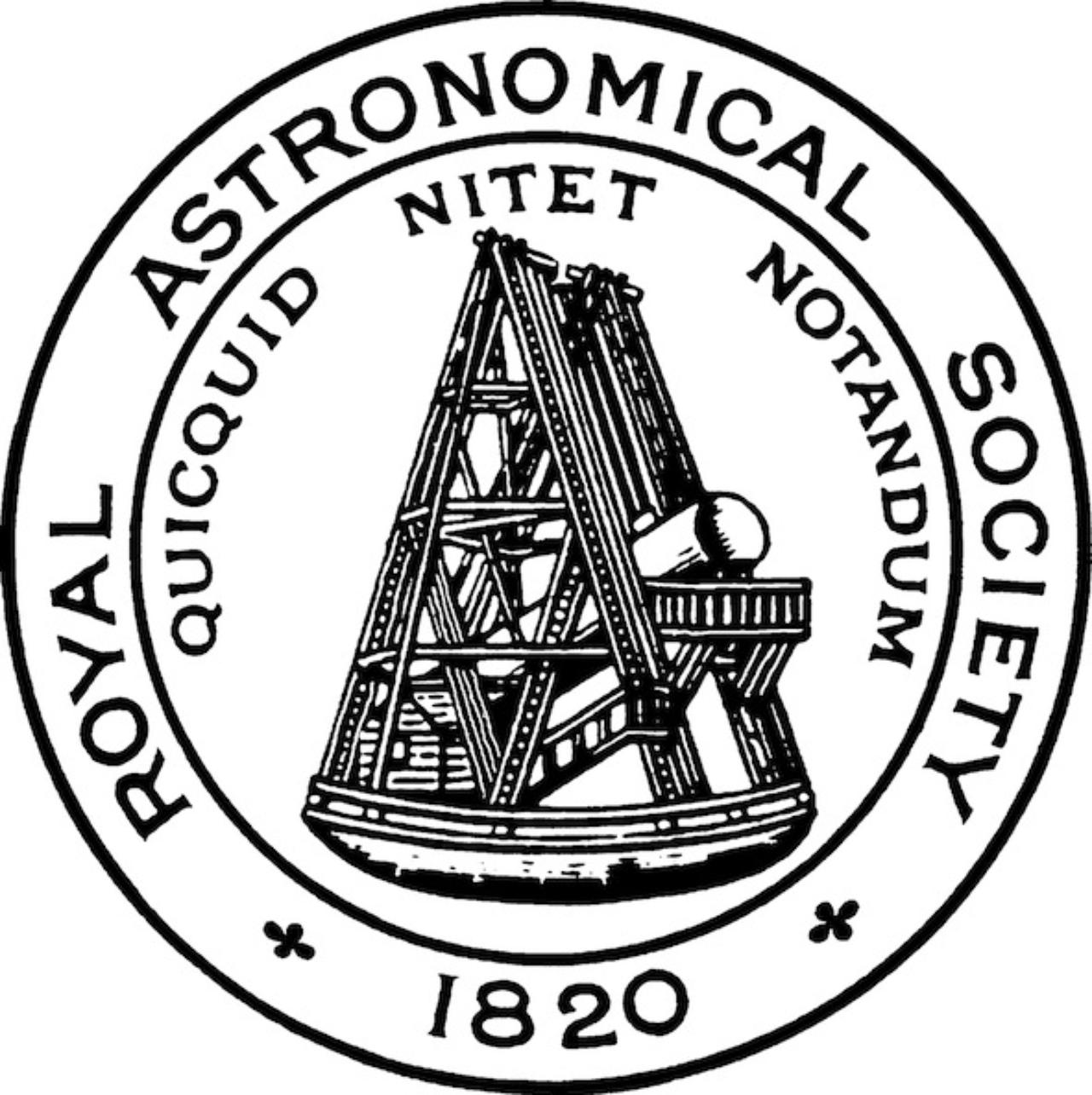When a star runs out of fuel, astronomers often say that it has reached the end of its life. However, what they really mean is that it has reached the end of its ‘normal’ life. Astronomers call this ‘normal’, fuel burning part of a star’s life the ‘main sequence’ stage. But if this isn’t the end of a star’s story, what happens next?
Well, that depends on the weight of the star. For the heaviest stars, the next life event is a dramatic one: they explode! Astronomers call the explosion of a star a ‘supernova’. These explosions often create beautiful objects – like a pretty butterfly emerging from a caterpillar’s cocoon. Astronomers call these objects ‘supernova remnants’.
Look at the wonderful colours and texture in the supernova remnant shown in this space photo. These objects aren’t only stunning when viewed close-up: A single star that explodes as a supernova can give off as much light as an entire galaxy that contains hundreds of billions of stars!
Yet, there is still little known about the details of how a supernova occurs. Studying a star before it goes bang – and becomes famous across the Universe! – will give astronomers important clues about these explosions.
Now, a team of astronomers say that’s exactly what they think they have done. If the discovery is confirmed, this will be the first pre-supernova star ever discovered!
Cool Fact
During a supernova explosion, material from the star is flung outwards at incredibly high speeds – up to 30,000 kilometres per second! That’s only about 10 times slower than the speed of light!
More information
 This Space Scoop is based on a Royal Astronomical Society Press Release.
This Space Scoop is based on a Royal Astronomical Society Press Release.
Share:

















